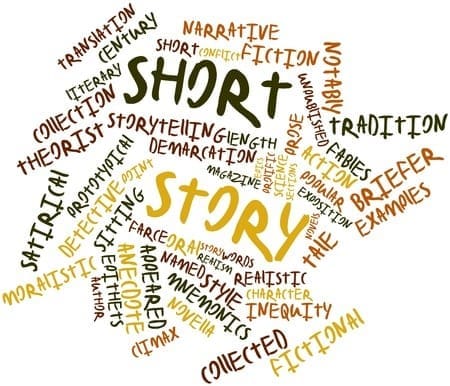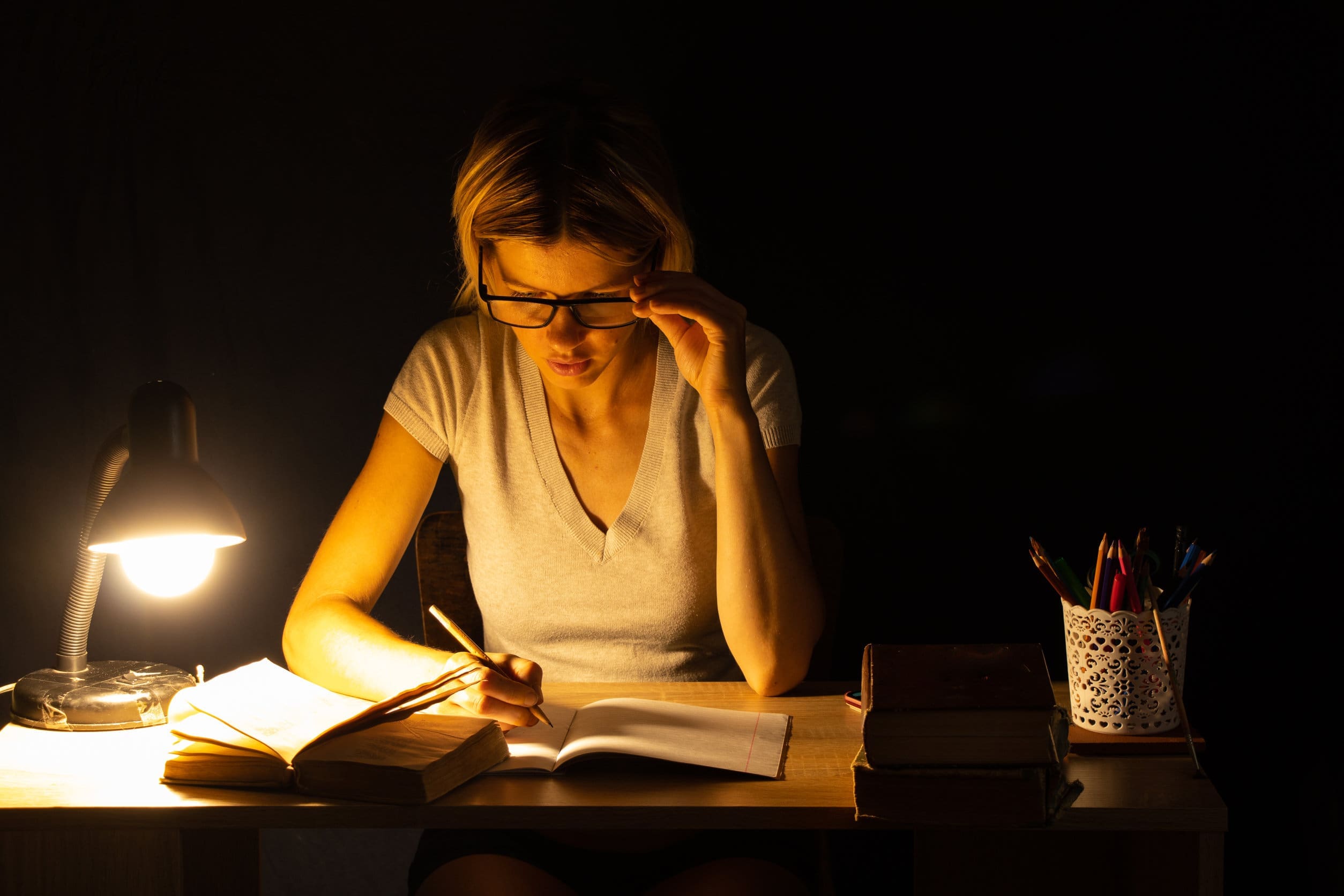In this post
You may get asked to write a story in Section B of the exam. A good story has a concise structure and consists of a Beginning, Middle and an End. If you are asked to write a story in the exam, it will be a short story. Although a short story, a genre must still be established; we will consider the basic conventions of a range of different genres later in this chapter. First, however, we will discuss the important features and structure of any short story.
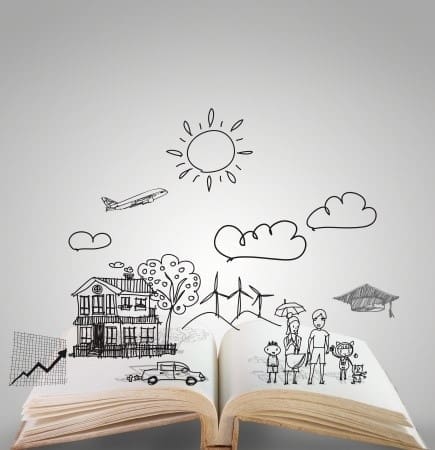
Descriptive language is a common feature in any form of story; you must learn the techniques of descriptive writing in order to write an interesting and effective story yourself. A detailed chapter on descriptive writing will be provided in Unit 4 of this course.
When writing your own stories, make sure you use some of the literary devices that were covered in Unit 1 of this course. If you need to, refer back to any of the chapters in Unit 1, especially the chapters containing the list of literary devices and the chapters covering the rules of correct grammar, punctuation, spelling and paragraphing.
Before doing anything, make sure you establish the target audience of your story and then create a plan using brief bullet points or a mind-map (do not spend more than five minutes planning in the exam).
There are specific elements that must happen in the beginning, middle and at the end of a story. An example of the things you should consider when planning each section of your story will now be provided.
A short story consists of a Three Act Structure which includes Act 1, Plot Point 1, Act 2, Plot Point 2 and Act 3. A three act structure can be found in most stories, including films and even nursery rhymes:

Act 1 is the beginning of a story. The beginning of a story should begin in equilibrium. During Act 1 the five W’s must be established; these are who, what, where, when and why. The five W’s are considered the essential information that any story requires:
- Who: who are involved – introduce the characters
- What: what is the situation (this will normally be established during Plot Point 1 which occurs at the end of Act 1)
- Where: the setting – establish the setting
- When: when the situation is occurring
- Why: why the situation is occurring

Plot Point 1, also referred to as The Inciting Incident, is the point where the action of the story begins. The characters should be presented with a problem or conflict at this point. This problem/conflict will develop through the middle of the story before being resolved at the end. You can think of Plot Point 1 as a ‘hook’ for the reader; it engages their interest and makes them want to read on.
Act 2 is the middle of the story and consists of the development of the problem/conflict that was introduced at Plot Point 1. As well as the development of the problem/conflict, the characters should also continue to develop as the story unfolds. A good story includes rounded characters; this means characterisation techniques will need to be used. We will discuss characterisation in more detail in Unit 4.
Plot Point 2 is the moment of the story when something happens that will bring the action to a close. The conflict should reach its climax at this point before moving on to Act 3; like how Plot Point 1 moves the story into the action, Plot Point 2 moves the story into the resolution.
Act 3 is the end of the story and consists of the resolution of the problem/conflict originally established at Plot Point 1. At this point, the reader should be aware of everything that has happened to the characters and how they came to the resolution. No questions should be left unanswered in Act 3; everything should now be resolved and returned to an equilibrium.
The Three Act Structure can also be referred to as a narrative arc. It is referred to as this because it is sometimes illustrated like this:
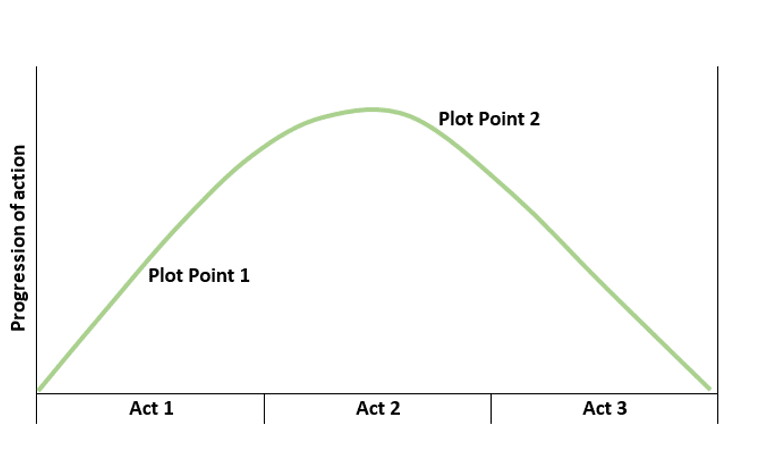
As you can see from the diagram above, the progression of the action/plot is shaped like an arc. The plot builds through Act 1 before reaching its peak in Act 2 and eventually declining to a resolution in Act 3. Minor events in the story should be happening along this arc at all times which help drive the plot along. However, Plot Point 1 and 2 are significant events in the plot that create a bigger impact. For example, the protagonist (main character) may have lost something which leads to a bigger conflict, perhaps a serious argument with a family member, before declining to a resolution once they have found what they lost.
Throughout any type of story, you should make sure that your characters have sufficient dialogue. Dialogue adds to the characterisation of a character; we will explore dialogue in more detail in Unit 4 when we discuss narrative writing.
There are many genres a story can have. Below is a list of the most common types along with their descriptions and conventions (you may recognise these from books you have read or films you have seen).
Comedy
- The conventions of a comedy consist of bright, social settings (described with adjectives that have happy, colourful connotations).
- The characterisation of characters is key in the comedy genre as it deals with humans as social beings, highlighting their flaws, vices and contradictions.
- The comedy genre also reflects on society’s follies and vices (meaning society’s foolishness and immoral/wicked characteristics).
- Commonly includes elements of humour; for example, sarcasm, satire and sometimes farce.
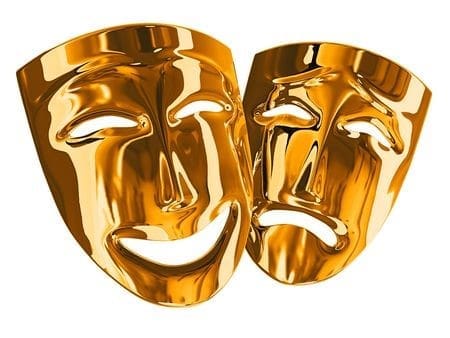
Tragedy
- Often described as the opposite to the comedy genre.
- Involves a main character (also known as a protagonist) who desires something – this can be a literal object or person, or something abstract like power, justice, wealth etc.
- There will be some difficulties in the way of the protagonist achieving their desire. These can include challenges, mistakes, tests etc.
- At the ending of the story the main character will not achieve their desire and the story will not return to a state of equilibrium. The character’s inability to achieve their desire will result in their downfall.
Romance
- The romance genre is stereotypically aimed at a female audience.
- This genre conventionally consists of two protagonists. These characters are often introduced separately; as a reader, this gives you the chance to get to know their characters individually.
- The characters will meet during Act 1 and will begin a romantic relationship.
- A circumstance (commonly an argument or situation) will force the protagonists to separate; this can be established as Plot Point 1.
- Act 2 will consist of the two protagonists missing each other and/or one of them attempting to win the other back.
- The ending will result in the two protagonists rekindling their relationship. This will normally be a happy ending, leaving the reader feeling satisfied.

Non-fiction
The non-fiction genre refers to a text that is factual and informative. Non-fiction texts can refer to an autobiography, biography, a cooking book etc. Some non-fiction texts can appear a lot like fictional texts in the way that they tell a story and have several characters in them; however, unlike fictional stories, they are based on real events and are not imaginary.
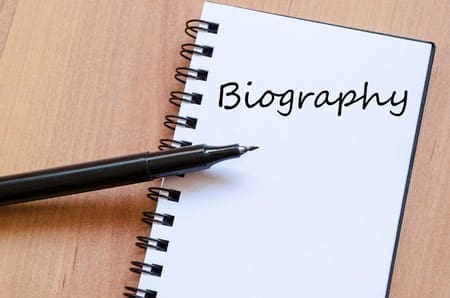
Horror
- Horror is a genre of literature that has the capacity to frighten its readers.
- Often includes dark and gloomy adverbs and adjectives to describe the setting and characters.
- The horror genre has a lot of subgenres. These include, paranormal, psychological, gothic etc. A horror story is normally only ever one type of subgenre; for example, a paranormal horror.
- The characters and plot are dependent on the subgenre of the horror story. For example, a paranormal horror will conventionally have a ghost as the main villain (also known as the antagonist).
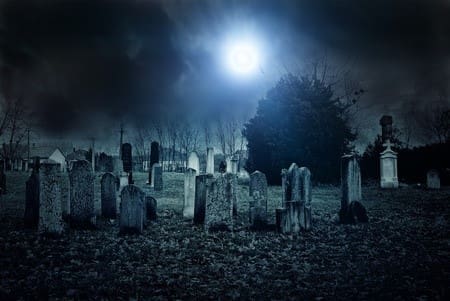
Science Fiction
- The science-fiction genre is not concerned with having any realistic or scientific plausibility.
- Setting: the setting of a story from the science-fiction genre is normally either futuristic or historic (contradicts traditional historical records) and set in outer space, other worlds or other realities and dimensions different from our own
- Plot: the plot of the science-fiction genre normally consists of a battle between good and evil.
- Common characters: common characters (also referred to as stock characters) include aliens, robots etc.
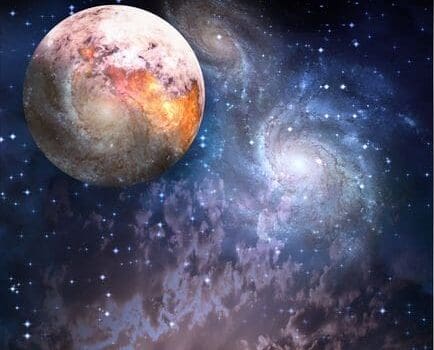
The Short Story
- The short story is a common form of narrative. Out of all the other genres, you will come across this one the most. This is because you will not have time in the exam to read a full-length novel.
- Short stories can have other genres in them. You can have a short story that belongs to the romance genre, or the horror etc. It all depends on the content.
Bear in mind that there are more genres than just the ones that are mentioned above. Occasionally, you will find that there are subgenres within genres. For example, you can have a ‘paranormal horror’ that deals with paranormal beings such as ghosts. You can also have more than one genre of a text; a ‘Rom-Com’ (most often referring to films) is a romance and a comedy. On the other hand, a text may be a tragedy but include some elements of the romance genre – this does not mean it is both a tragedy and a romance though. You need to weigh up the individual conventions of the genres and decide for yourself when analysing a text. The stories you will come across in the exam, and the ones you write yourself, will be short stories containing elements of other genres appropriate to the task that you are being asked to complete.
